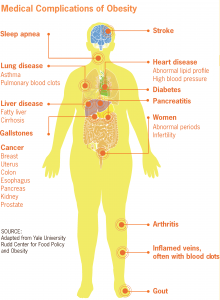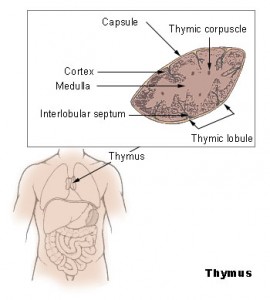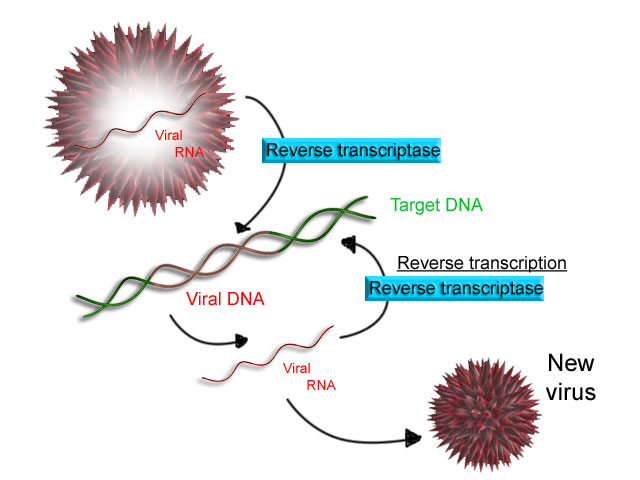What do you think of when you hear the phrase “living large”? Well, most of us will think of an individual who is living life to the extreme, maybe spending a ridiculous amount of money or living a very extravagant lifestyle. However, for far too many parents and children in North America, “living large” has a very serious and negative connotation. I am referring to the epidemic of obesity in children in North America. Fortunately, a new study has shown that a program that aims to reduce childhood obesity is working well in the U.S.
The study, “Changes in Body Mass Index Associated With Head Start Participation” focuses on a program funded by the U.S. government for low income households. The Head Start program focuses on health, nutrition, exercise, and early education for the young children. Basically, the program promotes healthy living and provides a well-structured plan to achieve it. The program includes health and nutritional services, such as meal plans, activity outlines, and family counselling. The study looked at two groups of children, one with a healthy BMI and another who were overweight or obese. The researchers monitored the children’s BMI throughout two academic years. The study led by Dr. Lemung found that children who were obese and overweight who participated in the program had a significantly healthier BMI by kindergarten than those who were in a primary health care system.
Furthermore, a recent CBS news article published in January 2015 focused on the obesity epidemic amongst children in the United States. The article states that about a quarter of the children from ages two to five are either obese or overweight. Moreover, it states that as children enter adulthood, obesity seems to follow. Unsurprisingly, this trend is noted to lead to future health risks for the children. The health risks include a higher chance of developing diabetes, heart disease, lung disease, and much more.
Unsurprisingly, young children living large with no plans to improve their health can threaten their future wellbeing. We need to ensure younger generations are able to thrive in the future and not be held back by complications of obesity. Fortunately, programs such as Head Start have shown to prevent and treat obesity at a very young age. In conclusion, more programs and preventative measures for obesity should be implemented around the world. In turn, these type of initiatives will provide a great way to ensure children get a “head start” in living healthy and not LARGE.
Check out the video created by Jessie Deen for more information on childhood obesity and prevention:

Posted By: Navjit Moore













